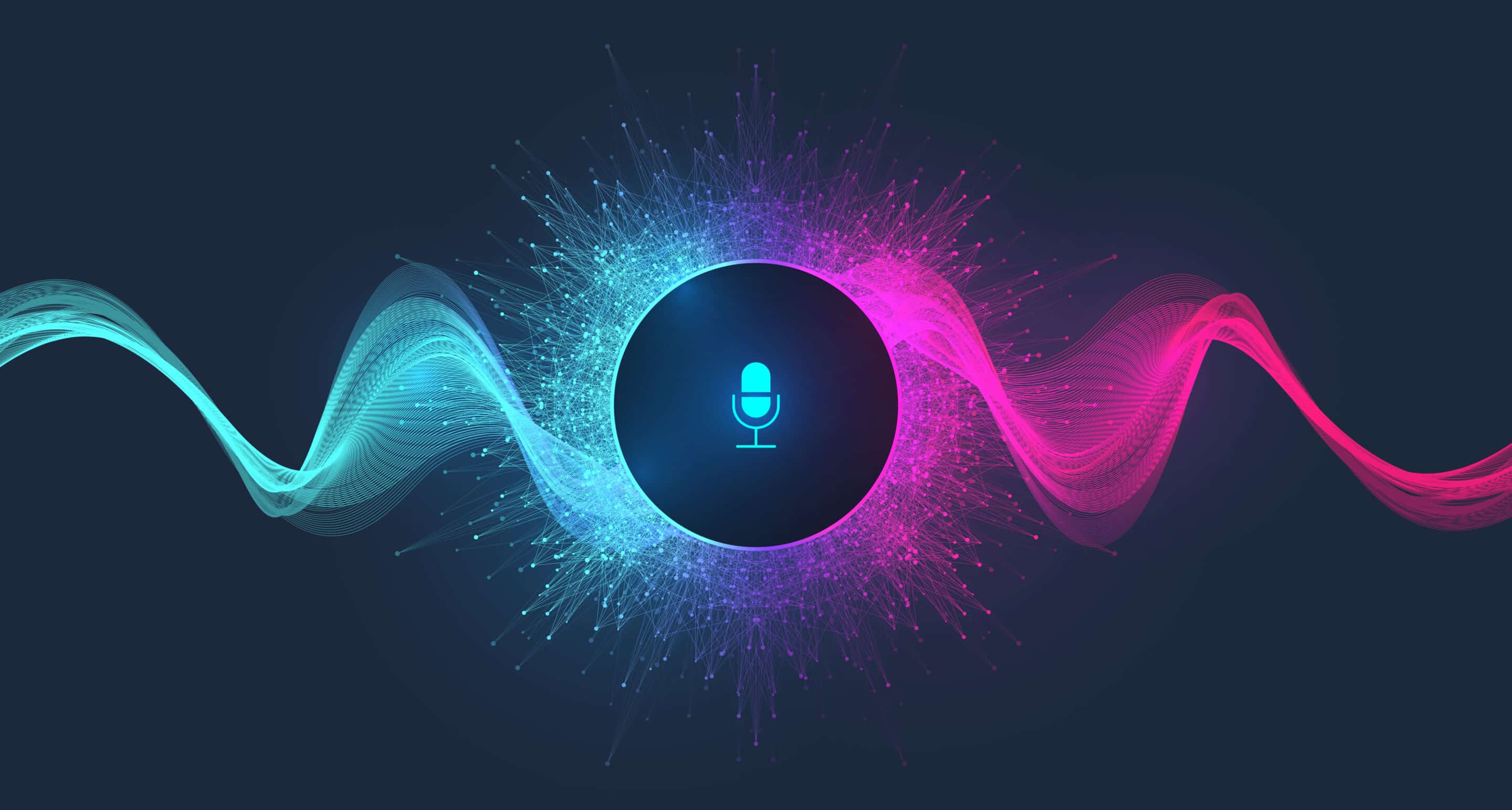Pulsing Perceptions and Use of AI Voice Apps
The time is right for investing in the global natural language processing (NLP) market, projected to grow from $20.98 billion in 2021 to $127.26 billion in 2028 at a CAGR of 29.4% in that forecast period.
To get a sense on NLP user perspectives, this past February, Applause surveyed its global crowdtesting community to gain insight into perceptions around the use of artificial intelligence (AI) voice applications such as chatbots, interactive voice response (IVR), and other conversational assistants. Check out our summary infographic for some highlights. We had over 6,600 responses from around the world. I want to share our findings and call out a few interesting points.
The global view
While just over half of respondents reported they prefer to wait for a human agent when calling a company for customer support (51%), 25% said they prefer immediate access to an automated touch tone response system and 22% prefer an automated virtual service representative that responds to voice commands.
Consumers increasingly expect businesses to have automated chatbots and automated voice systems: 31% said they always expect companies to have chatbots, 61% said it depended on the industry. A vast minority, 6.7%, stated they never expect chat functionality on a company’s website or app, while 11% don’t expect call centers to have IVR systems that greet them. Still, customers expect IVR more often than not: 46% always expect call centers to have IVR systems that greet them while another 40% said their expectations varied by industry.
Webinars
Unexpected Ai Use Cases And Their Hidden Benefits
Join voicebot.ai founder Bret Kinsella and Applause’s Emerson Sklar as they cover lessons learned through global testing efforts and new models for conversational AI and other AI projects.
Users expect mobile apps to include voice functionality as well: 44% always expect mobile apps to have voice assistants or voice search features while 41% said it depends on the app category.
Of the 5896 respondents (88%) who said they had used chat functionality on a website at least once, 63% said they were somewhat satisfied or extremely satisfied with the experience. Of the 19% who found the experiences dissatisfying, the top three complaints were:
-
They could not find the answers they were looking for (29%)
-
The chatbot did not understand what they were asking (25%)
-
The chatbot wasted users’ time (did not add value) before connecting them with an agent (20%)
Getting voice right
Customers expect companies to have automated chatbots and automated voice systems to greet them — and there is tremendous ROI for companies who get the NLP experience right, such as freeing up customer service reps for higher-value activities and reducing wait time for customers — yet developing NLP technologies requires special attention to details that many other digital products may not.
Ebooks
4 Best Practices for Better Natural Language Assistants
Natural language assistants offer advantages to businesses. Our whitepaper covers these in detail and lists best practices for creating great user experiences.

